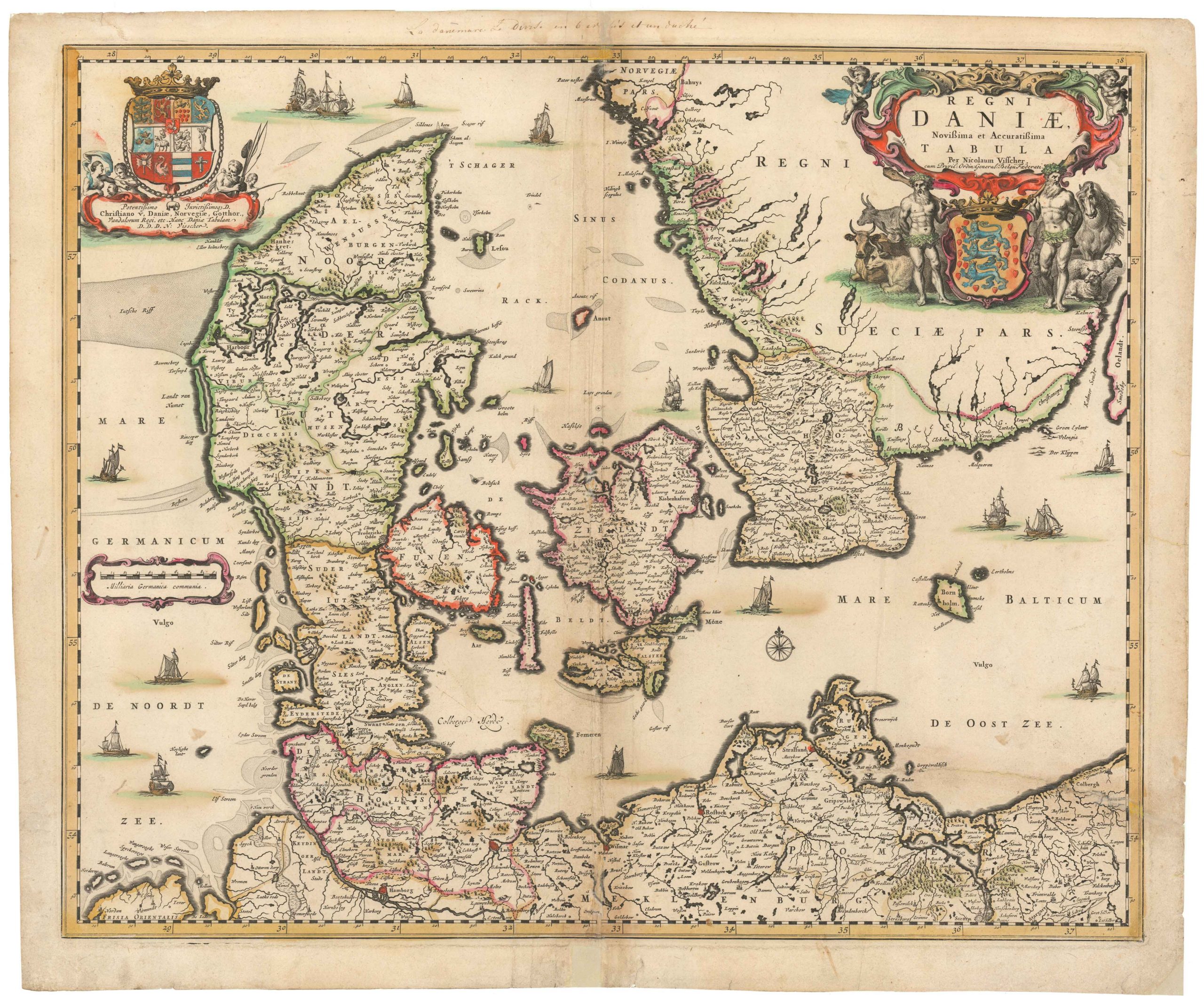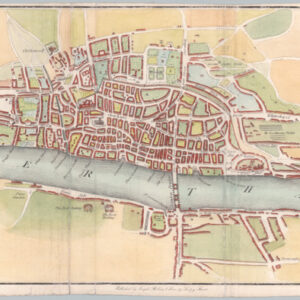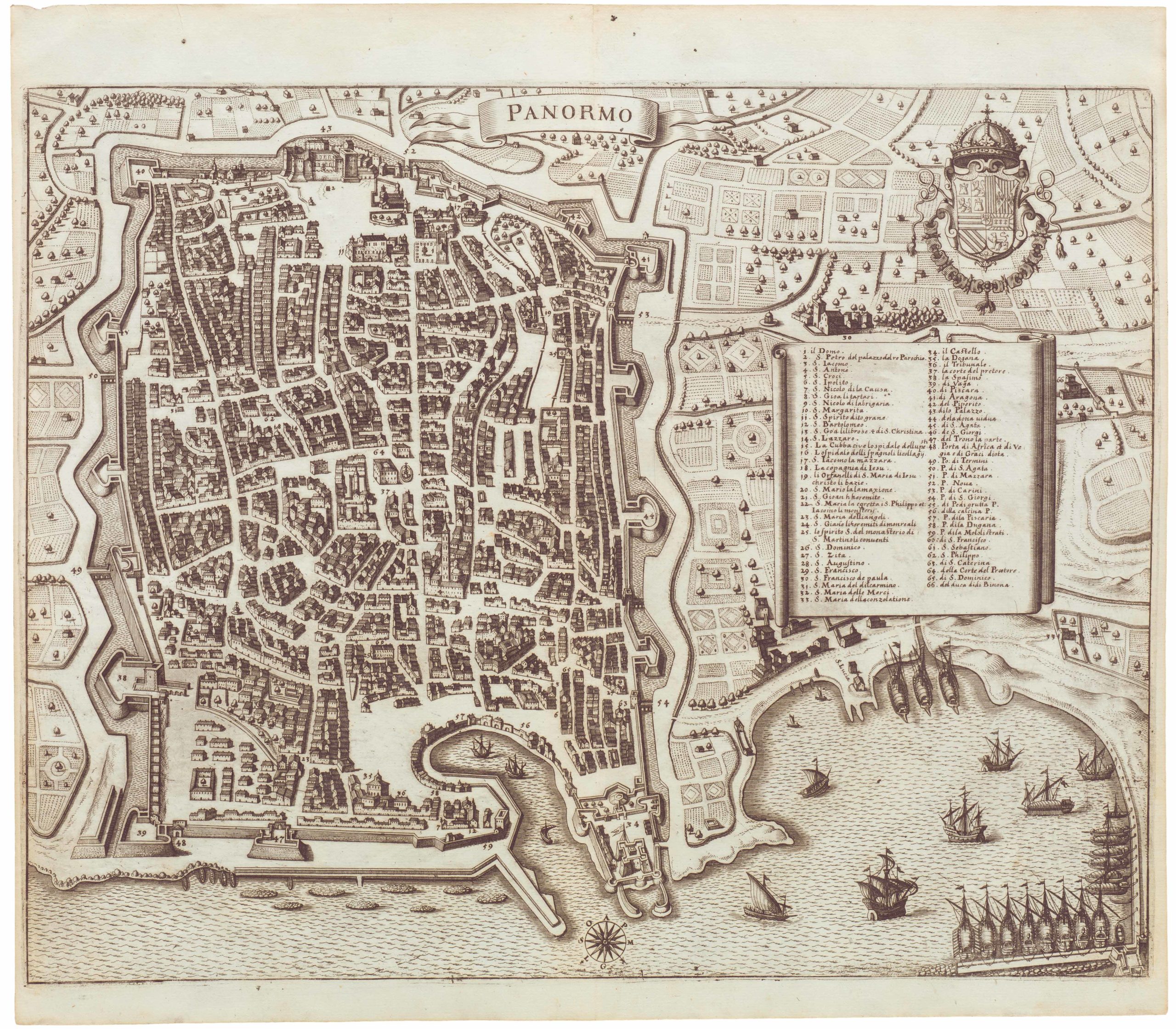An unusual set of late-19th-century photographic lithographs of Venice.
[Venice Lithographs].
$2,000
1 in stock
Description
This collection comprises 11 lithographs from circa 1890 that beautifully depict the timeless allure of Venice, Italy. These lithographs are based on the original photographs of Carlo Naya, an esteemed Italian photographer who was celebrated for his captivating images of Venetian life and architecture. Each lithograph translates Naya’s photography into a medium widely appreciated during the late 19th century, allowing a broader audience to experience the splendor of Venice.
Venice in the Late 19th Century
During the late 19th century, Venice underwent significant transformations. Having been part of the Austrian Empire since the fall of the Venetian Republic in 1797, the city was annexed to the Kingdom of Italy in 1866 following the Austro-Prussian War and the subsequent Treaty of Vienna. This period marked Venice’s integration into a unified Italy, bringing modernization efforts and a renewed national identity.
Despite these changes, Venice remained a city steeped in history and tradition. Its unique network of canals, historic architecture, and rich cultural heritage continued to attract artists, writers, and tourists worldwide. The city was a hub of artistic innovation and preservation, balancing the influx of modern influences with a deep respect for its storied past.
The advent of photography and its reproduction through lithography played a crucial role in disseminating images of Venice’s beauty to a global audience. Artists like Carlo Naya captured the city’s essence, providing visual documentation celebrating its heritage and showcasing its relevance in a rapidly changing world.
The Lithographs and Their Subjects
The 11 lithographs in this collection highlight some of Venice’s most significant landmarks, each imbued with historical and cultural importance:
- The Rialto Bridge: The oldest of the four bridges spanning the Grand Canal, it has been a vital commercial hub since its construction. It symbolizes Venice’s economic vitality and architectural ingenuity.
- View of the Grand Canal with the Doge’s Palace and St. Mark’s Campanile: This vista captures the heart of Venice’s political and religious power. The Doge’s Palace served as the Doge’s residence and seat of government, while St. Mark’s Campanile, the city’s tallest structure, offered both a watchtower and a symbol of civic pride.
- St. Mark’s Basilica: An architectural masterpiece of Italo-Byzantine design, the basilica is adorned with opulent mosaics and domes. It reflects Venice’s historical wealth and connections with Eastern and Western cultures.
- The Courtyard of the Doge’s Palace: This intimate view showcases the palace’s Gothic architecture and the grandeur of the Venetian Republic’s former seat of power.
- The Façade of the Doge’s Palace: The ornate exterior embodies the pinnacle of Venetian Gothic style, featuring intricate stonework and symbolic representations of justice and power.
- The Entrance to the Arsenal: Once Europe’s largest industrial complex, the Arsenal was the heart of Venice’s naval might. Its imposing gateway signifies the city’s maritime dominance during the Middle Ages and Renaissance.
- The Bridge of Sighs (Ponte dei Sospiri): This enclosed bridge, which connects the Doge’s Palace to the New Prison, is steeped in legend. It is said that prisoners would sigh at their final view of beautiful Venice before incarceration.
- St. Mark’s Square (Piazza San Marco): Known as “the drawing room of Europe,” the square is the social, religious, and political center of Venice. Historic buildings surround it, and it is a focal point for public events.
- The Marciana Library: Housing an extensive collection of classical manuscripts and texts, the library is a testament to Venice’s commitment to scholarship and the humanities.
- St. Mark’s Clocktower: This Renaissance clock tower features an elaborate astronomical clock that displays the time, moon phases, and zodiac signs, reflecting the city’s blend of science and art.
- Panorama from the Campanile toward Santa Maria della Salute: This panorama offers a sweeping view of the majestic Baroque church, built as a votive offering after the plague of 1630. It captures the resilience and faith of the Venetian people.
Historical Significance
These lithographs capture Venice at a moment when it was embracing modernity while fiercely preserving its unique identity. The detailed depictions of architectural landmarks provide insights into the city’s urban landscape during national unification and cultural preservation.
Carlo Naya’s work, reproduced through these lithographs, played a role in shaping international perceptions of Venice. By making these images accessible beyond the confines of the city, Naya contributed to the romanticization and enduring fascination with Venice that persists to this day.
Publication History and Census
These lithographs were created and published c. 1890. We have not found any other cataloged examples.
Cartographer(s):
Carlo Naya (1816–1882) was a distinguished Italian photographer who played a pivotal role in documenting the visual history of Venice during a period of significant change. Born in Tronzano Vercellese, Italy, Naya initially pursued a career in law, studying at the University of Pisa. However, his passion for art and emerging technologies led him to the field of photography, a new and exciting medium at the time.
Naya traveled extensively across Europe and the Middle East, honing his photographic skills and developing a keen eye for architectural and cultural subjects. In the 1850s, he settled in Venice and established a photography studio that quickly gained renown for its high-quality images. His photographs were celebrated for their technical excellence, sharp detail, and artistic composition. Naya specialized in large-format photographs and was admired for capturing the intricate details of Venice’s architecture and urban landscapes.
After Naya’s death in 1882, his widow continued operating the studio, ensuring his legacy endured. The studio’s collection of negatives remained a valuable resource for producing images, including the lithographs in this collection, which were likely created posthumously based on his extensive work.
Condition Description
Very good. Light scuffing to some images. Some soiling to a few of the lithographs. All mounted on cardstock like photographs. Foxing to cardstock.
References




![[Map of Steamship Routes and the Railways and Post Roads of the Russian Empire]](https://neatlinemaps.com/wp-content/uploads/2020/04/NL-00827_Thumbnail-300x300.jpg)
![[Map of Steamship Routes and the Railways and Post Roads of the Russian Empire]](https://neatlinemaps.com/wp-content/uploads/2020/04/NL-00827-scaled.jpg)
![[Map of Steamship Routes and the Railways and Post Roads of the Russian Empire]](https://neatlinemaps.com/wp-content/uploads/2020/04/NL-00827-scaled-300x300.jpg)

